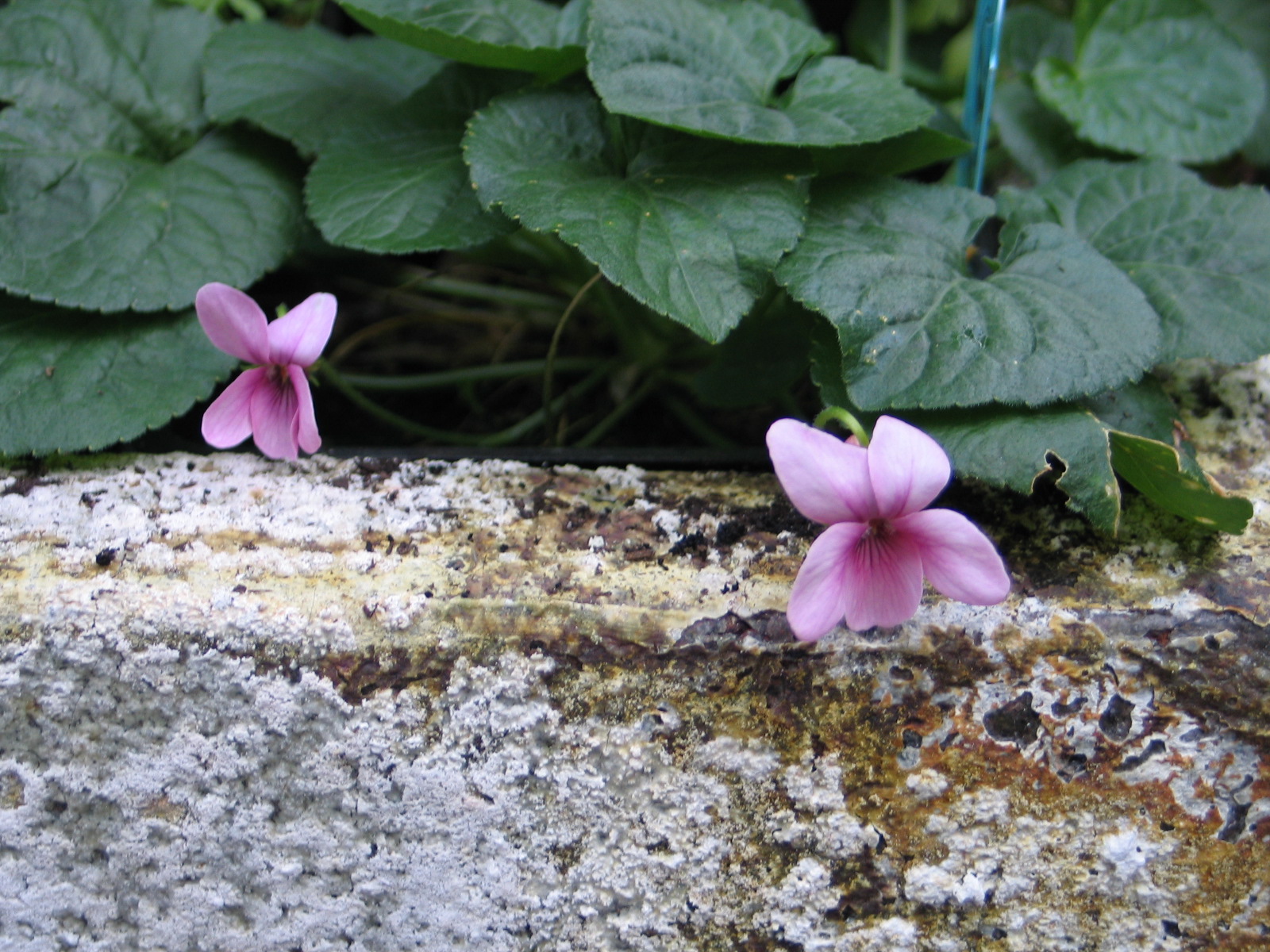Modative blog post: I receive updates on this architecture firm's blog when they add a new post, and I thought it was interesting when they recently posted about their client questionnaire, so I thought I would share it (please notice that to their credit, they ASK these questions in person). I like their blog and that they are sharing their processes so openly.I still think written questionnaires are a bad idea. I think it is far more important to encourage an open dialog and be responsive to the dynamics of the design process than anything else (some of those answers could change). Also note that only the last question, number 10, opens the door to 'getting to know' the client. Some clients aren't very open, others may give too much information, and they don't always like ideas presented.My first post on client questionnaires gets more traffic than anything else I've written here. I suspect that there are a lot of aspiring designers out there looking for examples of the best questionnaires. I did this, too, early in my career. I've even got a few oldies saved on the computer, but I don't use them.Unlike designing for a public, institutional, or commercial facility, when designing for people's homes, the Owners need to work with someone that they can trust above all else. Someone who will listen and ask questions, then interpret the answers and produce a solution that the client will like (preferably LOVE).Designing for others isn't like any other relationship. The designer needs to get inside the client's head a little, ask some personal questions (about money, lifestyle, privacy concerns, aesthetic preferences). Whether you're designing an interior, structure, or garden, this is an involved and personal process.All clients need to know that you are a professional, but they also need to feel that you care about them and their project. They need to believe that you will treat their investment responsibly, keep private information private, and deliver something beyond their dreams. Developing a relationship that advances the open communication needed is one of the most important skills that a designer can have. Here's a story from my experience: I once worked for a small design/build firm for a short time. I advanced the design development phase of a large and historically significant home. The Owners were out of town a lot, so it took a while to schedule a meeting, but the company had been working on the project for a while already. I read the correspondence and found the company's client questionnaire. The only notes I found regarding aesthetics were written by the client on the (mailed) questionnaire. They noted that they did not like the color orange or Roses. Okay then - I designed around what would be appropriate for the stately old home, avoiding orange flowers, orange foliage, and Roses. We finally met, and they brought images with them of things that they liked. After some discussion, it became clear that the only images they responded to favorably included chartreuse foliage and white flowers. In fact, they requested that we include shrub roses!!
Here's a story from my experience: I once worked for a small design/build firm for a short time. I advanced the design development phase of a large and historically significant home. The Owners were out of town a lot, so it took a while to schedule a meeting, but the company had been working on the project for a while already. I read the correspondence and found the company's client questionnaire. The only notes I found regarding aesthetics were written by the client on the (mailed) questionnaire. They noted that they did not like the color orange or Roses. Okay then - I designed around what would be appropriate for the stately old home, avoiding orange flowers, orange foliage, and Roses. We finally met, and they brought images with them of things that they liked. After some discussion, it became clear that the only images they responded to favorably included chartreuse foliage and white flowers. In fact, they requested that we include shrub roses!!